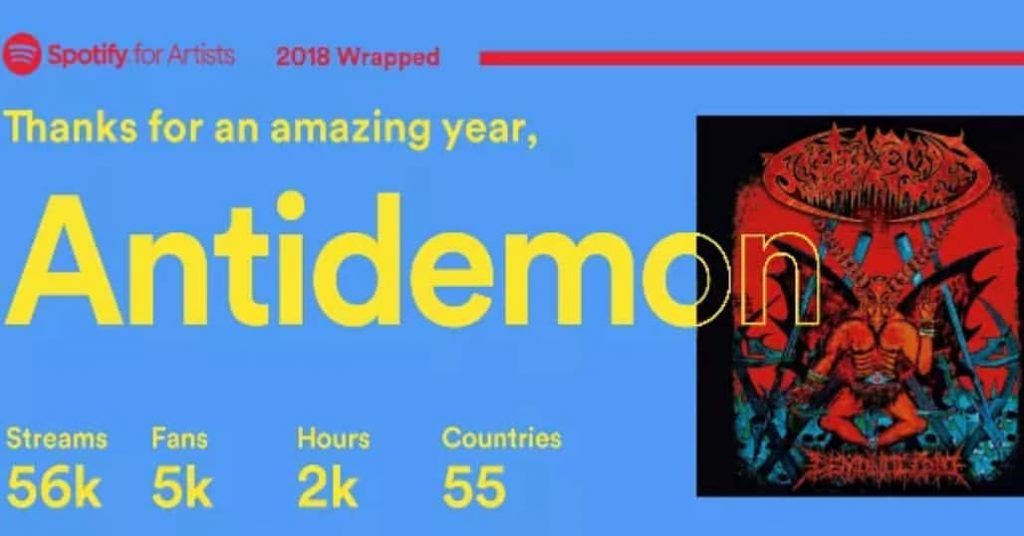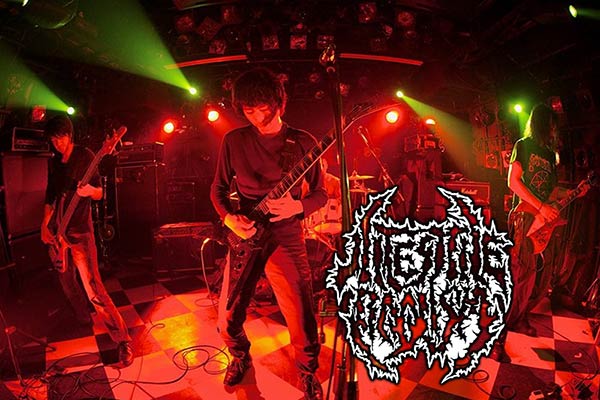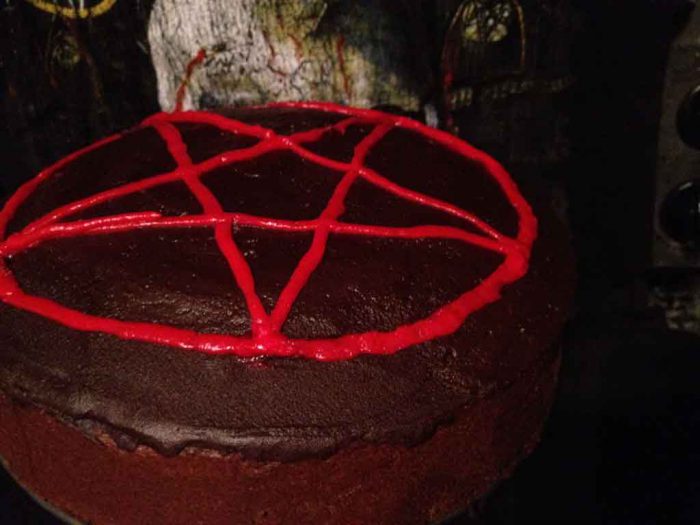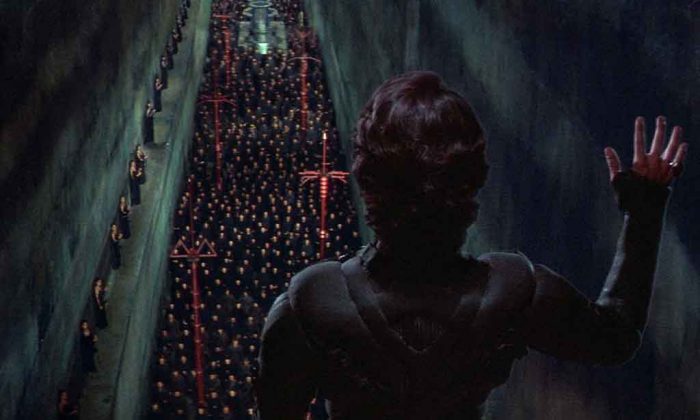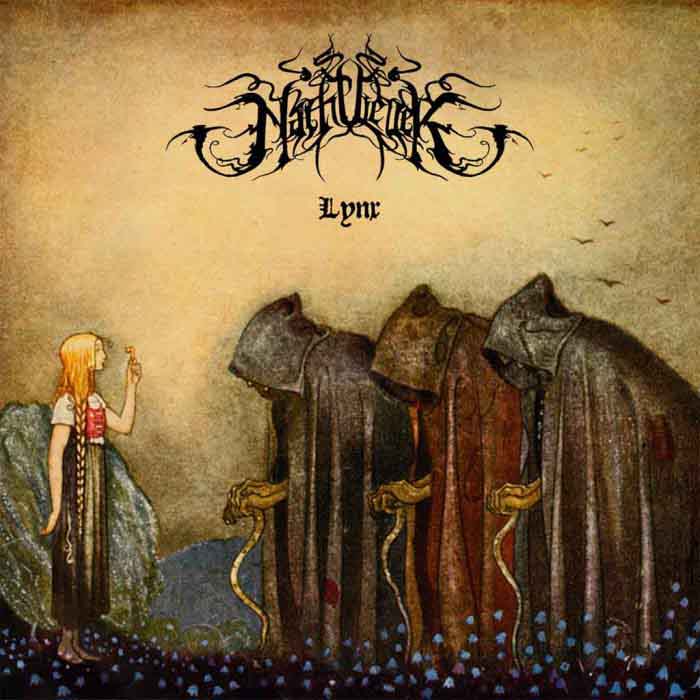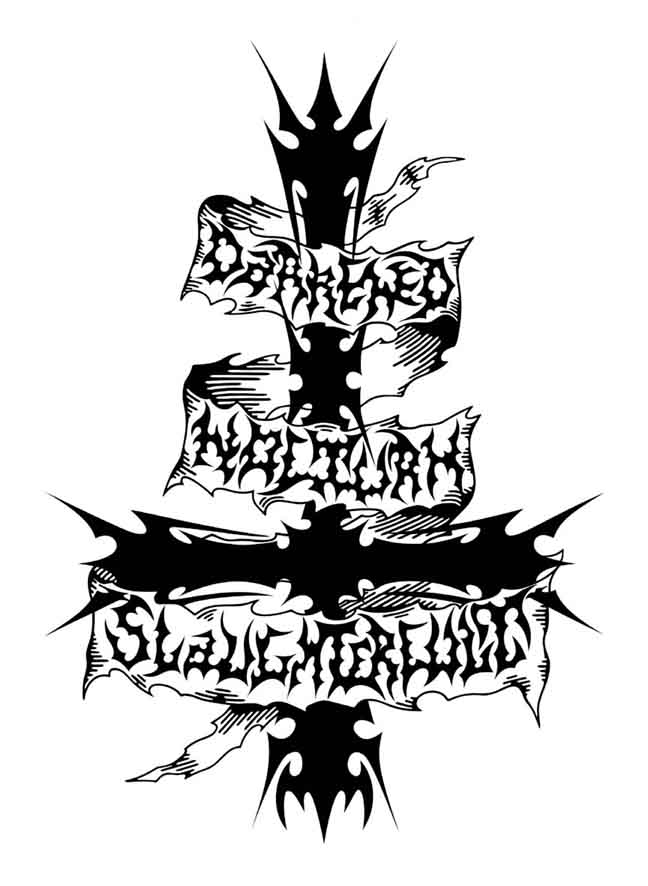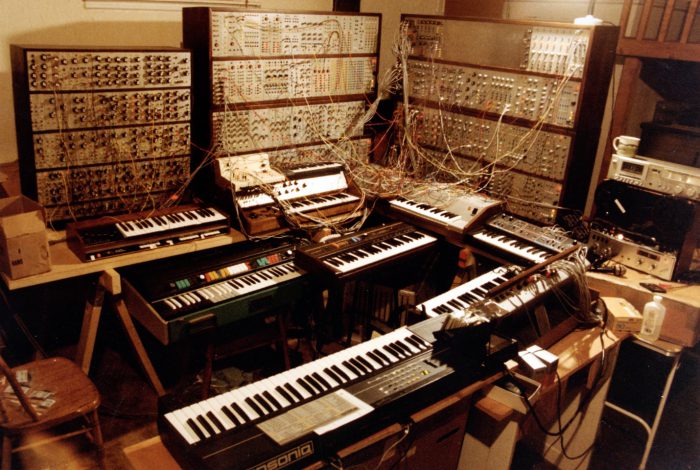
One genre which often attracts the admiration of Metal musicians is Electronica. When musicians from Germany, France and elsewhere began experimenting in the third quarter of the 20th century with various newfound technologies in order to create monumental landscapes of synthetic psychedelia with cosmic scope, the uncanny wave of influence unexpectedly resulted in the arising of everything from the modern club scene to many of your favourite Black Metal bands.
Tags: 1960s, 1970s, 1980s, Ambient, ash ra tempel, ashra, brian eno, canada, cinema, classical music, conrad schnitzler, Cosmic, drugs, edgar froese, electronic, electronic music, electronica, film, film score, france, futuristic, germany, greece, jean-michel jarre, keyboards, Klaus Schulze, kraftwerk, krautrock, manuel gottsching, michael hoeing, michael stearns, progressive rock, Romanticism, science fiction, sinoia caves, Soundtracks, space, steve roach, surrealism, synth, synthesizers, synthpop, tangerine dream, terry riley, UK, USA
